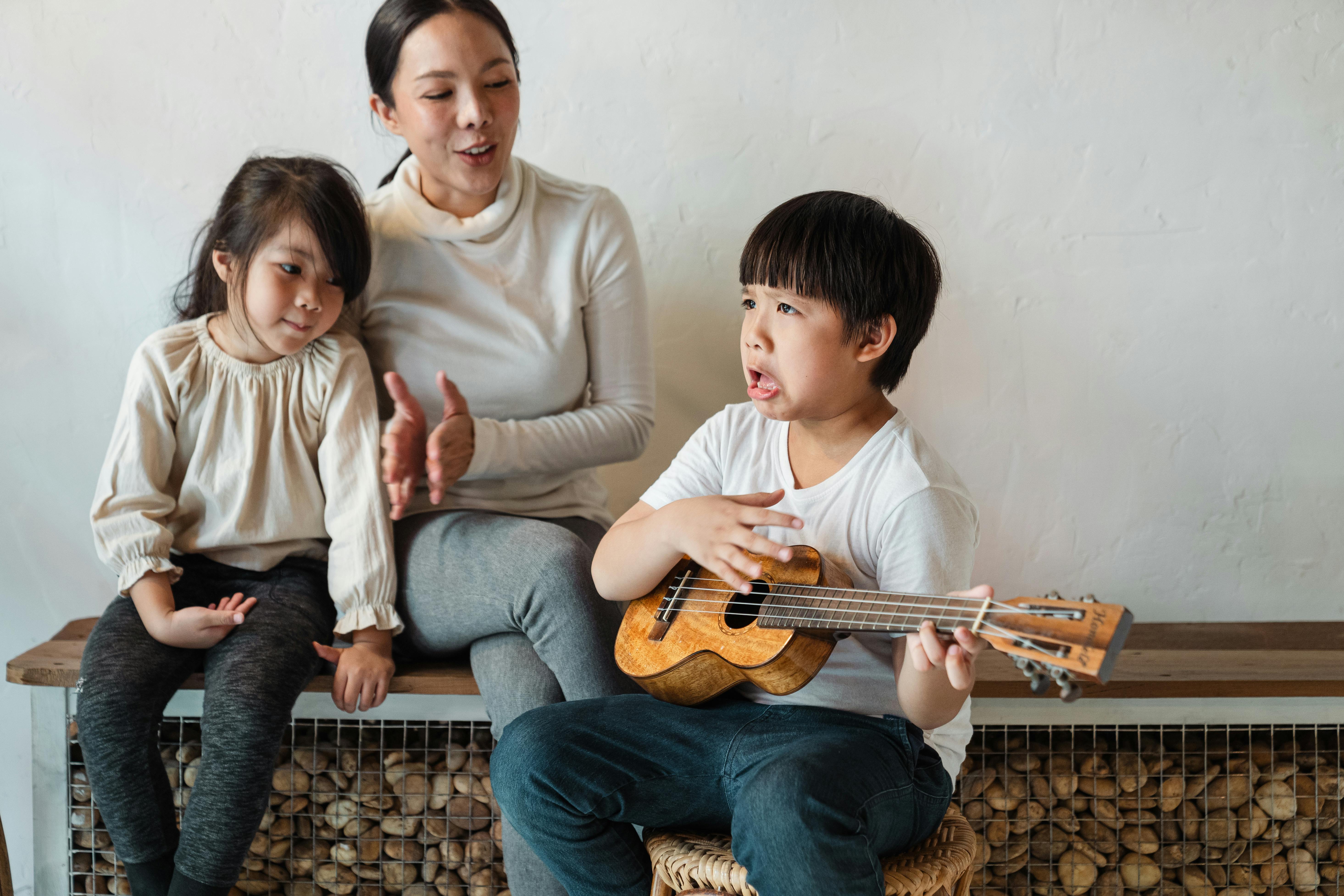After reading “Scissors Tips, Part 1,” you should have a better understanding of why you should teach your children to use scissors. Here are some practical tips on how you can help them learn this skill. This is the developmental sequence of when children should cut themselves:
• 2 years: cut the ends of a sheet of paper
• 2.5 years: cut a piece of paper
• 3.0-3.5 years: Cut on 1/2 “dark line (line cannot be cut more than 3 times)
• 3.5-4.0 years: cut a circle with dark lines (must stay close to the line for 3/4 of the circle)
• 4.5-5.0 years: cut a square with dark lines (corners should be sharp)
Each time your child has mastered one of the sequences above, make sure they can cut out various materials. Cutting through thicker material is easier than cutting through thin material. So start by cutting playdough, then go to Manila folders, then construction paper, then plain paper, and then tissue paper. This will ensure that your child can actually cut that particular shape. Note that when children are cutting lines, the lines should always be very dark and at least 1/4 “- 1/2” thick so that they are easy to see and the child does not get frustrated.
Fiskar scissors are best for use with right- or left-handed children because they allow the most stability when cutting and come with rounded edges so they are not as sharp. You may want to hold the paper for your child when he begins to cut, as bilateral coordination can be a difficult thing to learn. First, a child must learn to open and close his hand and feel the sensation of cutting a piece of paper. If your child has difficulty opening and closing his hand or is frustrated, you can try using other instruments or performing other tasks associated with cutting. For example, pliers and forceps require the same opening and closing motion of the scissors. Have your child pick up interesting objects with the tongs or tongs and drop them into a bucket. You can make this a run or have them crawl on the ground to stimulate shoulder strength at the same time. Also, a hole punch is a fun tool to use and most kids think this is really cool. Play-DOH scissors are also very safe for a young child. After your child is able to cut out a shape, have him color it, name it, and hang it up so you can be proud of his work.
Be aware that scissors can be dangerous and children must be supervised at all times when using scissors. Above all, do not panic or nervous about letting your child use scissors if you are with him. This is a task that will help them be successful in many areas as they grow! Share this experience with your child, be creative and HAVE FUN!
